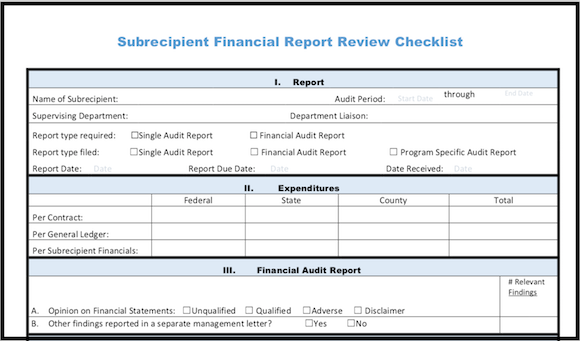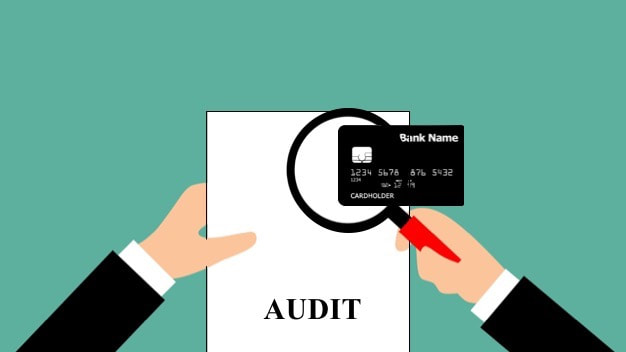|
Many government agencies use purchasing card programs for their employees now.
Audits of purchasing card programs are conducted to determine the following 3 things:
The Government Finance Officers Association adopted abest practice recommending that governments that have a purchasing card program perform periodic audits of card activity and of retention of related sales receipts and purchases documentation.
Most governments verify that purchasing card transactions are approved and have receipts before paying. However, this review does not constitute an “audit” because it does not:
Internal audits of purchasing card transactions can be performed by City staff trained to perform such audits, or can be outsourced.
Following is a Sample Audit Plan that your agency can follow and adopt as a best practice for auditing your purchasing card program.
Purchasing Card Program – Sample Audit Plan
Following are sample steps of procedures commonly performed during an audit of the purchasing card program:
Step 1:
Meet with management to understand concerns and historical problems, and to identify interviewees.
Step 2:
Obtain and read relevant documents, including:
Step 3:
Develop interview questions and schedule interviews. Interviewees typically are:
Step 4:
Interview employees in order to understand:
Step 5:
Review several recent months of purchasing card statements for selected cardholders. Look for transactions that may not comply with policy. Types of items to focus on are purchase of services, electronics, software, Amazon, high-dollar amounts.
Step 6:
Select several transactions for each cardholder and obtain all supporting documentation including statements, reconciliations, receipts, supervisor approval, posting to general ledger, certification of receipt of credit card. Test whether purchases were made in compliance with policy including business purpose, timeliness, approvals, coding.
Step 7:
Analyze work low, approvals/authorizations, written procedures and record keeping.
Step 8:
Perform additional document reviews and follow-up inquiries to corroborate information obtained in interviews, document reviews and transaction test.
Step 9:
Determine findings and develop recommendations for improvement.
Step 10:
Draft reports showing procedures performed, findings, and recommendations for improvement.
Step 11:
Meet with management to present findings and discuss implementation of recommendations.
Findings
Following are some of the common findings that may result from audits of purchasing card programs:
Here are 9 tips to help create better future audit results:
For more information on better audits for your purchasing card program, please reach to our team, or to Kevin directly at no cost:
Kevin Harper, CPA [email protected] (510) 593-503
If you'd like to subscribe for free updates and downloadable tools and templates, please join our newsletter here!
(We only send 1-2 emails a month at a maximum, and only send useful information. You can unsubscribe at any time.)
Comments
|
The Government Finance and Accounting BlogYour source for government finance insights, resources, and tools.
SEARCH BLOG:
Meet the AuthorKevin W. Harper is a certified public accountant in California. He has decades of audit and consulting experience, entirely in service to local governments. He is committed to helping government entities improve their internal operations and controls. List of free Tools & Resources
Click here to see our full list of resources (templates, checklists, Excel tools & more) – free for your agency to use. Blog Categories
All
Need a Consultation?Stay in Touch! |




 RSS Feed
RSS Feed